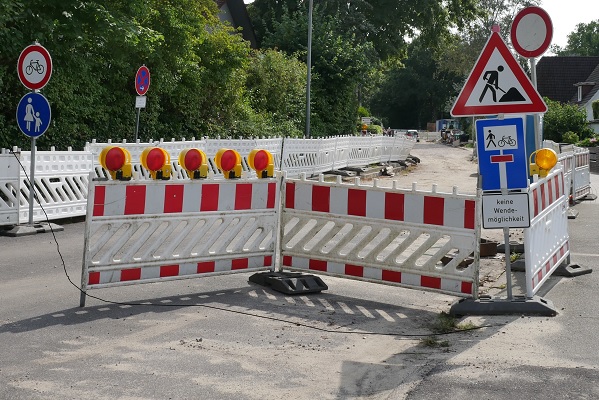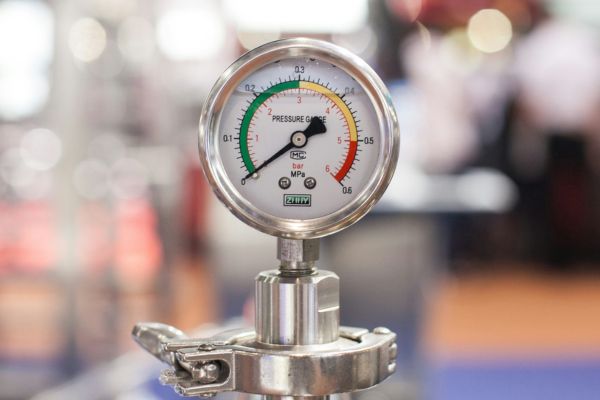The use of barriers in structured products is very common and has been established as the main way of reducing risk. Barriers can be added to virtually all products that are capital at risk, with the most common being reverse convertibles and auto-callables.
The basic principle is that the risk to capital is only activated once the barrier has been breached. As is well known, the two different types of barriers are called “American” and “European”. American barriers apply during the whole lifetime of the product and are generally measured on a continuous basis, using either intraday or close of day values. In contrast European barriers only apply on the final day of the investment.
Ten years ago or more there were a significant proportion of barrier products that used the American mechanism, however in today’s markets they have all but disappeared. This change in market practice has now been accepted for a variety of reasons. It is much easier to market a product that has only a single risk point at maturity with the message that full capital is returned unless the market has fallen over the investment term by a certain percentage rather than one that is exposed to short term fluctuations. Suitability and best practice considerations are also key with many issuers and distributors in the market fearing regulatory backlash that would be caused by an adverse product performance coming from the use of American barriers as it would be seen as being a risky yield generating mechanism if European versions are more standard.
The rationale for using barriers in capital at risk products in the first place is to provide a balance between generating extra yield and managing the downside risk by ensuring that a product does not immediately lose money if the underlying declines in value. For example, a certain product might boost yield from 1% to 5% by having capital risk. Putting in an American barrier might reduce this to 4% to pay back the protection required and a European barrier further to 3.5% because it is more expensive.
To illustrate these differences, if a product has a European barrier of 60% of the initial level, and the underlying has fallen by 30% at maturity it will not lose capital, whereas without the barrier present 30% of capital would be lost. The performance of a product with an American barrier will be one of these two cases. If the barrier had been breached because the underlying had fallen by 40% or more during the product life, then 30% capital would be lost. If this had not happened then no capital would be lost.
It is a reasonable question to ask why give back some yield to pay for barrier protection rather than take other mitigating steps such as reduced gearing or strike level. Barriers are generally used because both perception and backtesting results show that the inclusion of a barrier can significantly reduce the chances of loss and therefore they more than compensate for the reduction in yield.
By way of illustration consider a hypothetical example of a three year product linked to an underlying with a volatility of 20%. The strike level is set at 100% and the table below shows the value of the put with either American (close of business) or European barriers. The sale of the put option by the investor effectively finances the purchase of yield therefore in the table below the higher the put value the more yield can be generated.
| Barrier level | Put with American (COB) barrier | Put with European barrier | Put premium ratio |
| 100% | 13.75% | 13.75% | 100% |
| 90% | 13.7% | 13.13% | 95.81% |
| 80% | 13.08% | 11.18% | 85.53% |
| 70% | 10.87% | 8.12% | 74.69% |
| 60% | 7% | 4.67% | 66.69% |
| 50% | 3.05% | 1.88% | 61.74% |
This table shows put prices with both types of barriers at levels down to 50%. The barrier set at 100% gives no protection therefore American and European versions are the same and are equal to the vanilla put. As the barrier level decreases, affording stronger protection we see that the European barrier prices fall much faster so that the ratio between them decreases.
A second table shows the probability of barrier breaches.
| Barrier level | Probability breach American | Probability breach European | ratio |
| 100% | 100% | 56.87% | 57.66% |
| 90% | 78.59% | 44.79% | 56.99% |
| 80% | 57.1% | 31.88% | 55.84% |
| 70% | 37.79% | 19.59% | 51.84% |
| 60% | 24.03% | 9.66% | 40.18% |
| 50% | 16.76% | 3.38% | 20.17% |
We can observe that the chance of hitting the barrier is around half for the European barrier as the American, at any level (although this relationship does breaks down somewhat at very low levels). There is a simple mathematical reason for this – once the underlying has hit the barrier for the first time, there is approximately a 50% chance for a typical forward curve that it will rise or fall from there until any single point in the future.
Therefore options with European barriers have a much lower probability of being breached yet maintain most of the premium. This is because they discard the outcomes where little capital is lost but keep the more serious losses that occur if the underlying finishes below the barrier level.
Both these tables assume “risk-neutral” growth and under realised conditions with moderate market growth the chances of loss usually reduce.
In conclusion we can deduce that the combination of risk, chance of capital losses and yield that can be generated favours the use of European barriers in today’s market for both economic and compliance reasons and looks likely to maintain that position in the long term.
Tags: Stress testingA version of this article has also appeared on www.structuredretailproducts.com
Image courtesy of: Kevin Kandlbinder / unsplash.com














